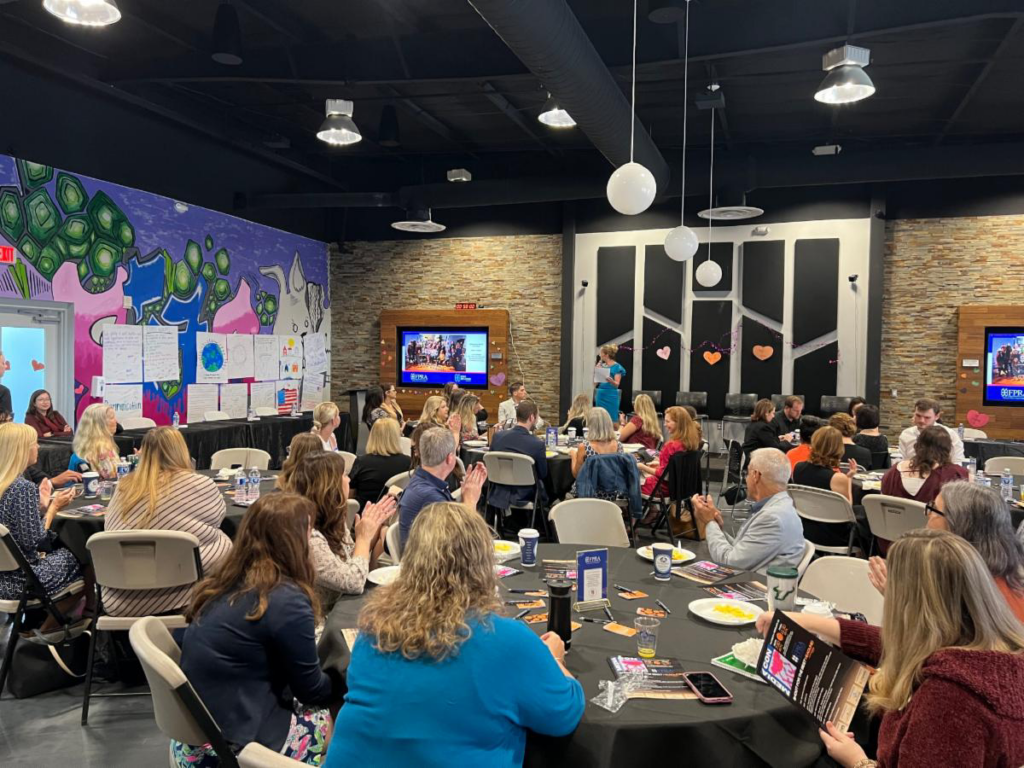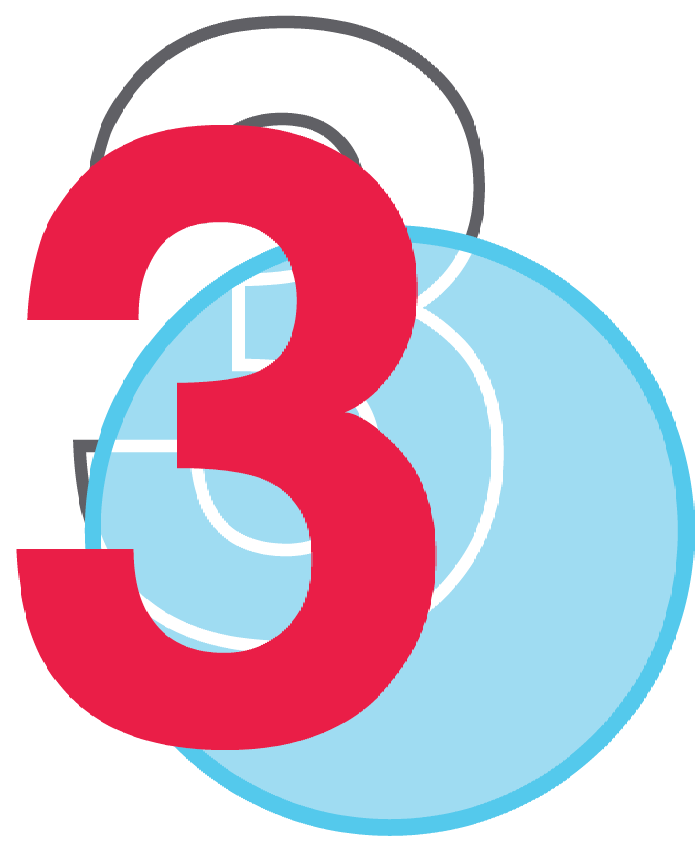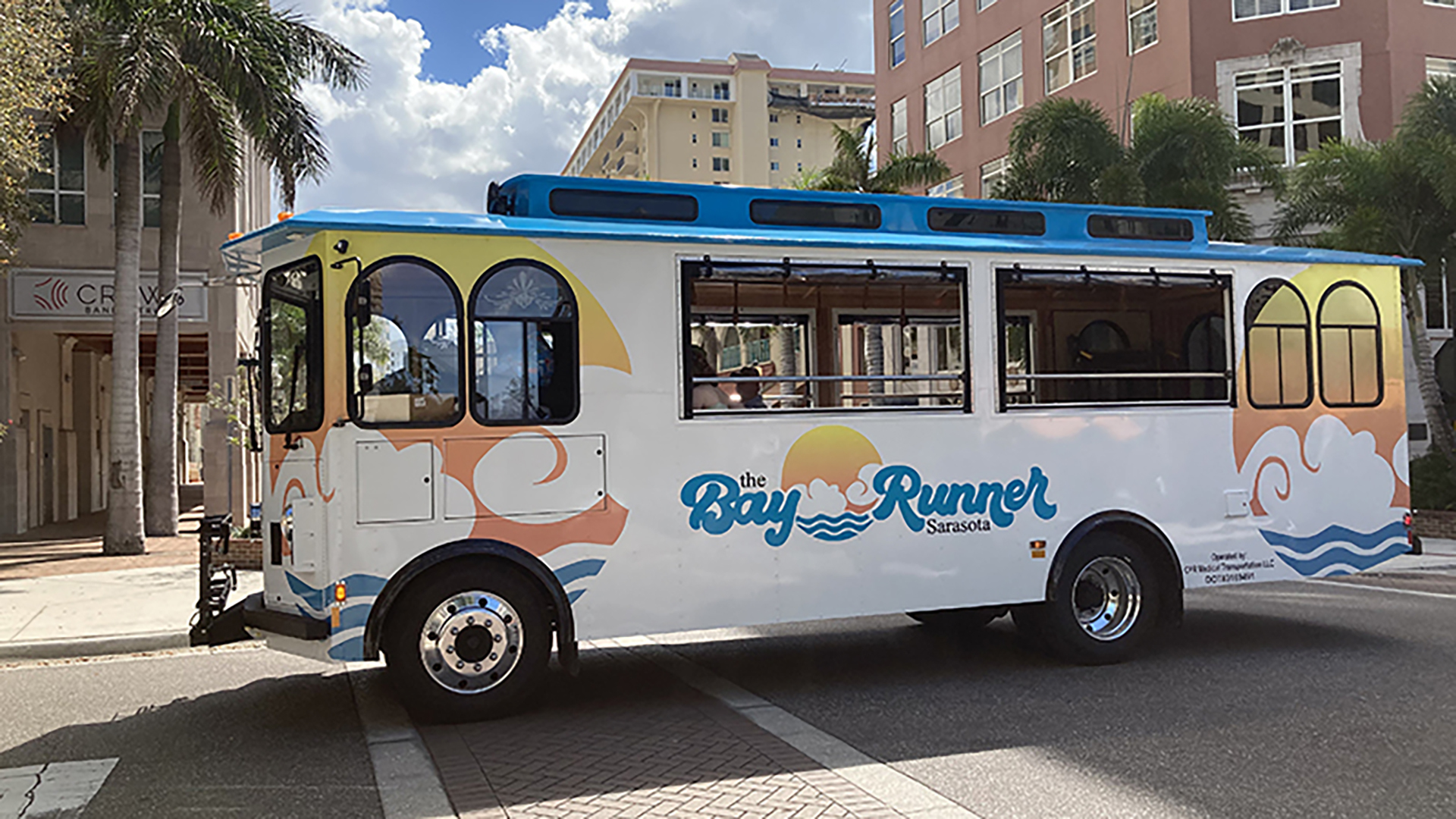
Each year our industry makes predictions and identifies prevailing trends for the year. Here is our list for 2024.
Brand stories continue to fuel business.
Every Business starts with a brand promise. It is core to your success. Now, more than ever, it is time to nurture your brand to sustain and enhance brand identity and equity.
Reputation Management is a PR discipline.
Public Relations in the digital age is more important than ever. PR has evolved from traditional media relations to digital reputation and crisis management. Every online review, comment, or conversation can impact your brand positively or negatively in the future.
New technologies continue to emerge, but don’t let them monopolize your decision-making.
Remember, whether it’s the latest AI application or the latest software solution, do your research and be aware of your choices and the potential impact on your business.
The obsession with measurement continues.
We hear it continuously, “How do you measure marketing success”? The question should now be “How do you choose among an abundance of measurement tools to measure your success?”. Make the accurate choice to correctly measure marketing and communicative effectiveness.
The Social Media evolution continues.
What was once a revolution is now an evolution. We continue to see social media evolve with new emerging choices. Remember, it is first about reporting the news and telling your story. However, social media platforms are increasingly becoming e-commerce ecosystems, which is expected to impact the digital shopping landscape significantly. In the future, we anticipate major platforms such as Facebook, Instagram, and TikTok to lead the way in integrating more prominent shopping features into their user experience. This includes streamlined shopping journeys, enhanced product discovery, immersive experiences, and social proof to drive future purchases.
The investment in curating authentic content continues to be core to marketing communications success.
Content must be authentic, fact-based, and aligned with your brand. It’s clear that nowadays, strong content serves as a basis for business credibility and integrity.
Companies will embrace sustainability and purpose-driven marketing.
As environmental concerns continue to take center stage, consumers increasingly seek brands that align with their values. To achieve success, it will be essential for businesses to adopt sustainable and purpose-driven marketing strategies that are authentic to the brand. It’s not enough to showcase eco-friendly initiatives. Instead, brands must actively incorporate sustainable practices, support social causes, and authentically validate their purpose.
CRM solutions are no longer a nice-to-have, but a must-have.
Client Relationship Management is now a business essential, whether it’s Salesforce, HubSpot, or a proprietary solution, CRMs provide a new level of intimacy with clients and prospects alike.
Street-level and grassroots marketing are more than viable, they are a reality.
How do you get closer to your customer beyond a digital touchpoint? There is a need to get beyond the emails, and digital tracking and reach out on a more personal level. Events, high-touch promotions, street-level campaigns, and neighborhood domination will continue to grow.

2024 will be a year of continued economic growth and a new wave of marketing communications tactics, issues, and opportunities. Ultimately, be curious, conscientious, and courageous in your choices for 2024. If we can help, contact us at info@next-mark.com or call 941.544.2765…

January 2024






























